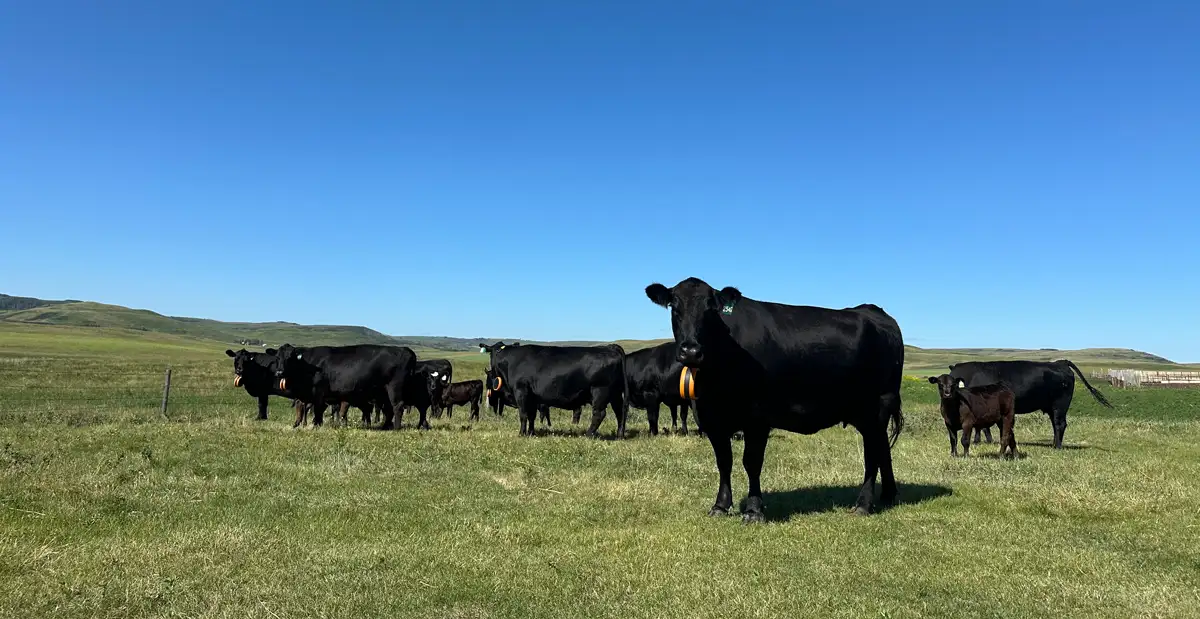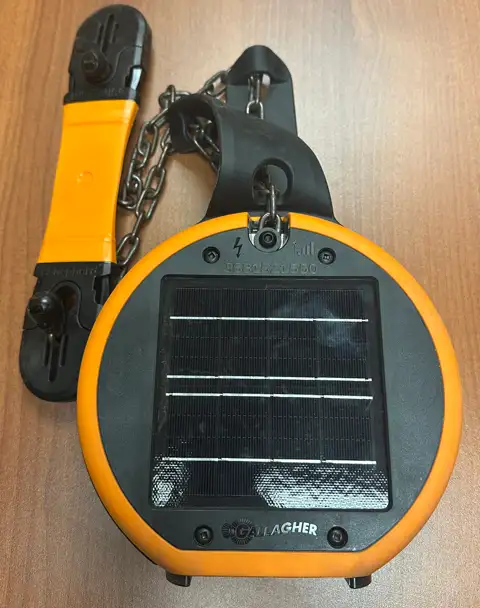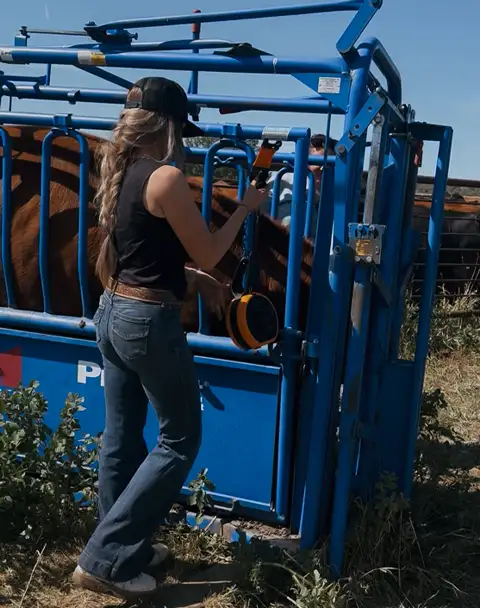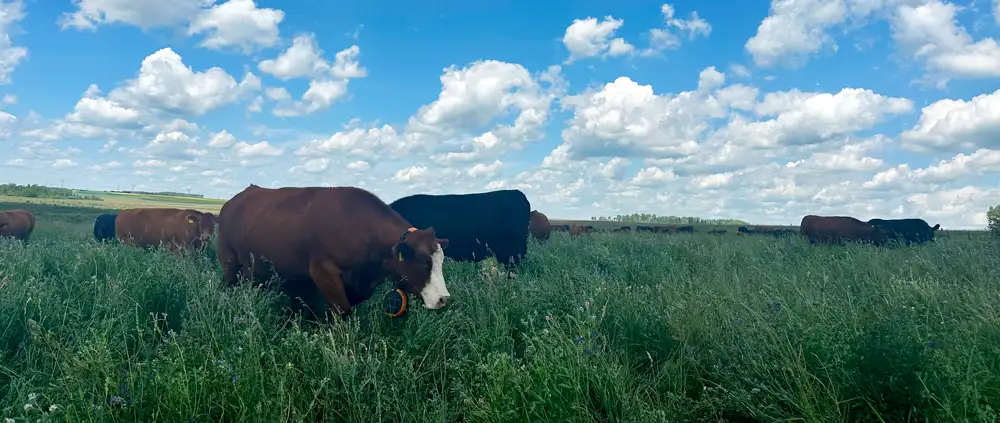Invisible virtual fences are about to supplement, and perhaps transform, the decades-old landscape of barbed wire fences familiar to generations of rural Canadians.

Olds College of Agriculture & Technology is studying solar-powered collars for cattle that not only allow producers to create invisible boundaries for their herds using audible warnings and mild electric shocks, but also to track the movements of individual animals.
The devices won’t completely replace physical fences with virtual ones, said Brianna Elliot, a researcher at Olds College’s Technology Access Centre for Livestock Production (TACLP). Perimeter fences will likely remain necessary in some areas for safety, such as along roads, she said.
However, these collars will not only improve pasture utilization in large areas, but also simplify demanding tasks like rotational grazing and locating cattle in rugged terrain, explained Elliot.
“This is going to be the biggest benefit of this technology, particularly given the challenges in finding skilled agricultural labour. I don’t think this is a fit for every operation by any means, but I do think it’s a great tool that can have a pretty substantial impact on a producer’s operation.”
Elliot is studying eShepherd collars made by New Zealand company Gallagher Group. The devices are solar-powered, GPS-enabled neckbands worn by cattle, linking up to an app producers can run on their computer, tablet or smartphone to map out virtual paddocks, she said.

“You just draw a paddock on your screen that marks out the area in your pasture you want your cattle to enter. It’ll take about half an hour to communicate that boundary to them and then they are locked in based on the GPS.”
If cattle get too close to a virtual fence line, the collar first gives an audio warning that sounds like a high-pitched whistle, said Elliot. It subsequently delivers up to three mild, harmless jolts, much like a regular electric fence, if an animal tries to cross, she said.
The goal is to teach cattle to stay within the virtual fence. It offers producers a way to manage rotational grazing, keep livestock out of sensitive environmental zones, and track animals in real time, all while cutting down on the time and money spent on traditional fencing.
Rotational grazing requires producers to regularly move portable electric fences, such as polywire, to shift animals between smaller pasture sections or paddocks. It aims to promote the recovery of grazed areas and enhance overall pasture health, including carbon sequestration in soil, said Elliot.
“I’m not saying we’re going to eliminate all labour from tasks like rotational grazing because some observation will still be needed. However, there’s a big difference between physically walking across a field in the rain to move polywire and using an app to move virtual fences from the comfort of your truck on a nearby road.”
She also pointed to the system’s notification features, which inform ranchers if an animal has escaped the virtual paddock, or if it completely stops or it is not moving as much as it should. “This could indicate sickness or death, or a collar being hung up on something.”
Small solar panels on each eShepherd collar continually recharge an internal, long-life lithium battery during the daytime that provides power at night, improving upon older, battery-dependent systems that producers found difficult to maintain and replace.
Elliot is leading two Olds College research projects: an economic analysis of virtual versus polywire fencing with 30 cattle near Nanton, Alta., funded by Alberta’s Results Driven Agriculture Research (RDAR) agency; and a behavioural analysis and usability study with 80 cow-calf pairs near Carstairs.

Her research will also assess the communication performance of the eShepherd collars, including potential integration with satellite service for areas with limited cell service.
The collars primarily communicate via cellular networks for direct collar-to-app data, or through Long Range Wide Area Network (LoRaWAN) base stations that then use cellular or Wi-Fi to send data, all while relying on GPS to pinpoint animal locations and Wi-Fi for localized app connectivity.
Elliot said the eShepherd collars cost about $350 each, along with a monthly subscription fee of $2.50 per device. However, funding is becoming available to make this technology more affordable for producers, with more options expected as new providers enter the Canadian market, she said.
Her research began in 2022 with a pilot study using NoFence collars developed by a Norwegian company. It assessed animal welfare impacts, the learning curve for cattle and the devices’ winter performance, she said.
“My focus here at Olds College is forage and grazing research with technology integration, so this was a natural fit when this technology started coming on the market a few years ago.”
Her efforts expanded in 2024 with funding for 100 eShepherd collars. “They worked really well. All the cattle learned how to react to them within about four days, so they were no longer activating the shock, but just responding appropriately to the audio cues.”
